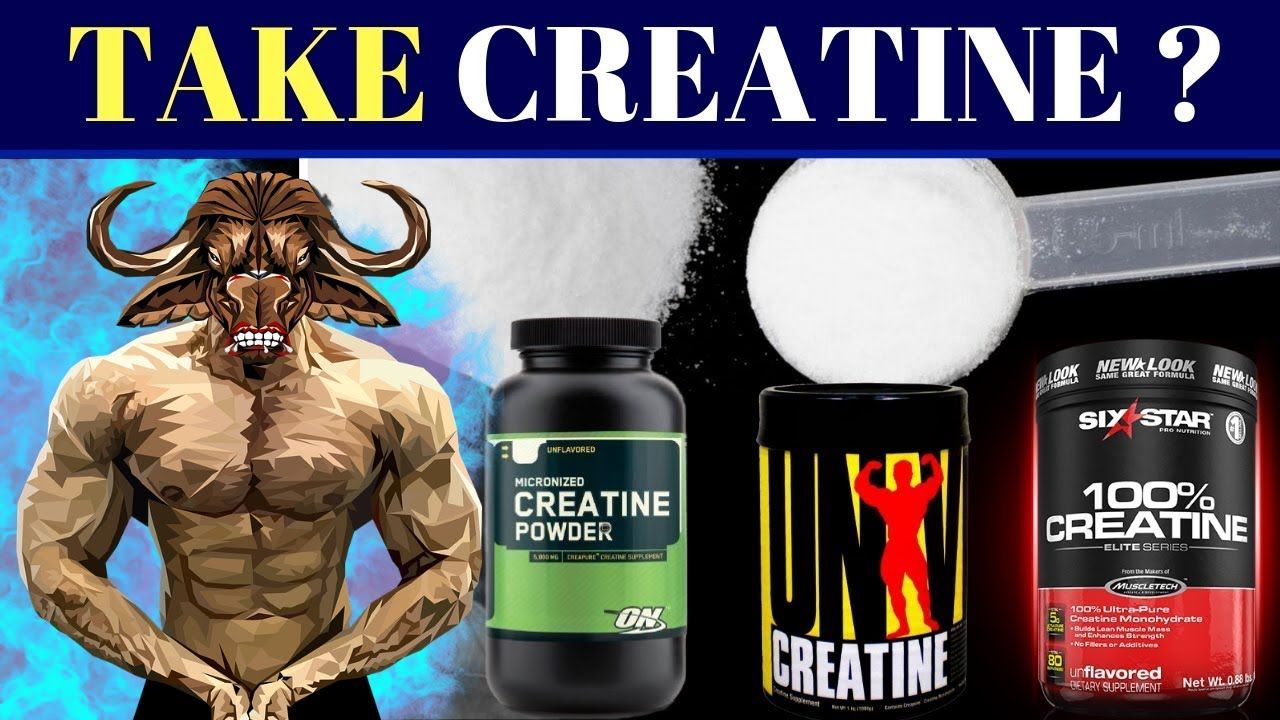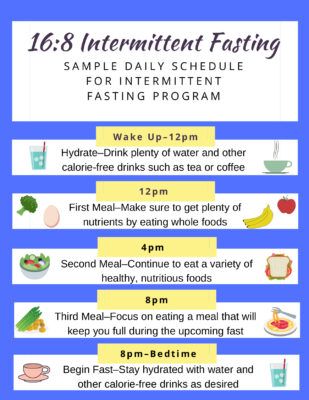Creatine is one of the most widely used supplements in the fitness industry, and for good reason. It has been extensively studied and proven to enhance performance in activities that require short bursts of explosive energy, such as weightlifting and sprinting. In this article, we will delve into the science behind creatine supplementation, its benefits, and how it works in the body.
What is Creatine?
Creatine is a naturally occurring compound found in small amounts in certain foods, such as meat and fish. However, supplementation is often necessary to reach the desired levels for performance enhancement. The body converts creatine into phosphocreatine, which is stored in the muscles and used as a rapid energy source during intense physical activity. This replenishment of ATP (adenosine triphosphate) allows muscles to perform better and recover faster.
Benefits of Creatine
1. Increased Muscle Strength: Numerous studies have shown that creatine supplementation can significantly increase muscle strength, allowing individuals to lift heavier weights and perform more repetitions. This is particularly beneficial for athletes and bodybuilders looking to increase muscle mass and power.
2. Improved Exercise Performance: Creatine has been shown to enhance performance in high-intensity, short-duration activities such as sprints and weightlifting. It can increase power output and decrease fatigue, enabling individuals to train harder and for longer durations.
3. Faster Recovery: By replenishing ATP levels in the muscles, creatine helps speed up the recovery process after intense physical activity. This allows athletes to train more frequently and with higher intensity without experiencing excessive muscle soreness or fatigue.
4. Increased Anaerobic Capacity: Creatine supplementation has been found to boost anaerobic capacity, allowing individuals to perform better in activities that do not rely on oxygen consumption for energy production. This can be beneficial for sports like soccer, basketball, and tennis, where short bursts of explosive energy are required.
How Does Creatine Work?
When we consume creatine, it is transported to the muscles via the bloodstream. Once inside the muscle cells, it gets converted into phosphocreatine and stored for future use. During high-intensity exercise, the stored phosphocreatine donates a phosphate group to ADP (adenosine diphosphate), rapidly regenerating ATP and providing immediate energy to the muscles. This energy transfer system allows for enhanced performance and improved muscle function during intense activities.
Creatine Loading and Cycling
Creatine loading refers to a phase where individuals consume a higher dose of creatine for a short period. This allows them to quickly saturate their muscle stores and experience the benefits sooner. Typical loading protocols involve taking around 20 grams of creatine per day for 5-7 days, followed by a maintenance phase of 3-5 grams per day.
Cycling, on the other hand, involves periods of discontinuation between supplementation phases to prevent the body from becoming reliant on exogenous creatine. Common cycling protocols include 8-12 weeks of supplementation followed by 4-8 weeks of abstinence.
Potential Side Effects
Creatine is generally considered safe when used as directed. However, some potential side effects include gastrointestinal distress, muscle cramps, and water retention. It is essential to stay hydrated and follow recommended dosages to minimize these risks. As with any supplement, it is advisable to consult with a healthcare professional before starting creatine supplementation, especially for individuals with pre-existing medical conditions.
Conclusion
Creatine is a scientifically backed performance enhancer that can benefit athletes and fitness enthusiasts alike. Its ability to improve muscle strength, exercise performance, and recovery has been well-documented through extensive research. By understanding the science behind creatine supplementation, individuals can make informed decisions about its use, always ensuring they follow recommended dosages and cycling protocols for optimal results.









